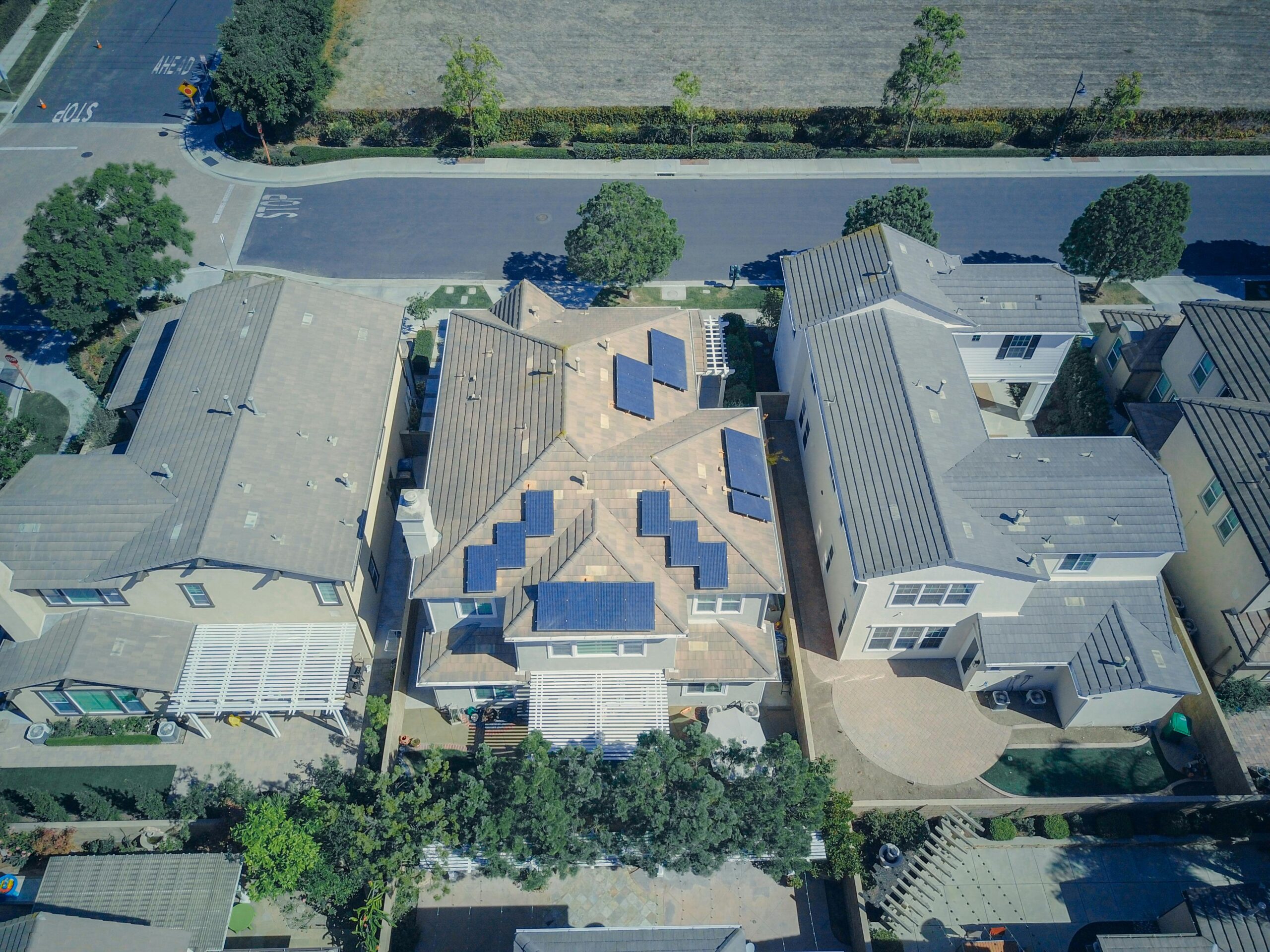
On July 4, 2025, President Donald Trump signed the sweeping One Big Beautiful Bill (OBBB) into law, solidifying a variety of tax cuts and spending priorities central to his second-term agenda. While much of the bill has drawn controversy—particularly for Medicaid and SNAP funding reductions—it also includes several provisions aimed squarely at addressing the nation’s persistent affordable housing crisis. In this article, we’ll explore how the OBBB’s restoration and expansion of housing tax credits, alongside zoning-friendly reforms and capital incentives, could unlock significant new affordable housing supply over the next decade.
1. Low-Income Housing Tax Credit (LIHTC) Gets a Major Boost
What’s changing? The bill expands the federal Low-Income Housing Tax Credit, the most important federal program for financing affordable rental housing. Specifically, it increases the size of state-allocated credits and eases financing thresholds to spur development.
Why it matters: Analysts estimate the enhanced LIHTC could catalyze between 500,000 to 1.2 million new affordable units by 2035. With a nationwide shortage of roughly 7.1 million affordable units for the lowest-income households, this represents one of the most significant federal investments in low-cost housing in decades.
Expert perspective: David Dworkin, CEO of the National Housing Conference, praised the legislation as “the most significant investment in affordable housing construction that we’ve seen in a generation,” signaling a material shift in federal commitment .
2. Opportunity Zones and New Markets Credits Supercharged
The OBBB makes permanent or expands several redevelopment incentives:
-
Opportunity Zones, originally created in the TCJA, remain in the law, offering tax breaks to investments in distressed communities.
-
New Markets Tax Credits targeting commercial and community development also receive enhanced support.
Impact on housing: These provisions attract private capital to historically underinvested neighborhoods, where mixed-use investment often includes affordable housing components. Bloomberg Tax noted this combined approach is a “surprise boon” for affordable housing development .
3. Mortgage Insurance Deduction Returns
The bill reinstates the mortgage insurance deduction, offering an average tax benefit of about $2,364 for eligible borrowers who pay for mortgage insurance on low-down-payment loans .
Why it matters: This measure eases costs for prospective homebuyers, particularly first-timers, enabling access to homeownership in a heated market. While the elevated standard deduction may limit the number of taxpayers itemizing these deductions, those who do stand to benefit materially .
4. Expanded SALT Deductions Revive High-Tax Markets
The OBBB increases the State and Local Tax (SALT) deduction cap from $10,000 up to $40,000—a change expected to be effective through 2030.
Why it matters: This provision removes a financial barrier for residents in high-tax states, making homeownership more affordable in regions like California and New York. The Bipartisan Policy Center concluded that raising the cap could help restore housing demand that waned under the previous limit.
5. Business-Friendly Provisions Spur Real Estate Investment
Aside from housing credits, the bill institutionalizes several real estate–supportive tax provisions:
-
A 20% Qualified Business Income deduction for pass-through entities.
-
Permissive interest expense deductions under Section 163(j).
-
Continued depreciation incentives and expensing for capital investments.
These enhancements reduce financing costs and improve returns for developers investing in housing, including affordable projects.
6. Caveats and Potential Offsetting Headwinds
Despite the clear benefits, the overall impact on housing is complex:
-
Major cuts to Medicaid and SNAP—tens of billions in reductions—could increase housing instability and impoverishment among vulnerable populations.
-
Proposals to slash HUD’s budget by 40-50% threaten rental assistance, homelessness programs, and public housing support.
-
Critics warn that without funding to preserve existing units, newly built affordable homes may merely offset losses caused by social service cuts .
Shelterforce, a nonprofit housing advocacy group, argued that the benefits of expanded LIHTC “are overshadowed by sweeping safety-net cuts,” leading to a net negative impact for those most in need.
7. Bridging Financing and Equity Shortfalls
It’s important to recognize structural differences:
-
LIHTC typically serves “middle lower-income” families—those earning above poverty but still housing cost-burdened. Deeper subsidies (like HUD vouchers) are needed for the lowest-income individuals.
-
Safety-net support like SNAP and Medicaid is essential for housing stability; when those systems weaken, affordable housing alone cannot avert rising homelessness.
This bifurcation makes it crucial for any housing strategy to integrate both supply-side tax incentives and demand-side income supports to meet all housing need levels effectively.
8. A Mixed but Meaningful Outlook
In sum, OBBB’s enhanced LIHTC, Opportunity Zones, and mortgage incentives mark a historic federal effort to mobilize private capital toward affordable housing construction. Industry leaders describe it as the most impactful housing legislation in decades .
However, the benefits are tempered by simultaneous cuts to housing safety nets and healthcare services. Critics argue that these trade-offs threaten the law’s ability to fully alleviate housing insecurity .
9. What Comes Next?
-
Implementation: The expanded credits and deductions take effect in 2025, meaning projects financed under the new rules can break ground soon.
-
State-level action: States must allocate the increased LIHTC amounts, and municipalities can leverage Opportunity Zone incentives more aggressively.
-
Monitoring: Congressional budget committees and advocacy groups will assess whether affordable housing gains outweigh public service cuts.
-
Future legislation: Housing advocates are pushing to pair OBBB’s credit expansions with restoredSNAP and gasoline-station cuts to HUD funding in FY2026 appropriations—efforts already underway.

Conclusion
President Trump’s One Big Beautiful Bill represents a paradigm shift in how the federal government incentivizes affordable housing through tax policy. By supercharging the LIHTC, enhancing investment credits, and reinstating homeowner-friendly deductions, it has the potential to catalyze up to 1.2 million new affordable units over the next decade.
But without a parallel commitment to preserving housing stability—via Medicaid, SNAP, HUD assistance, and homelessness services—the benefits may fall short of actually reducing housing insecurity for the most vulnerable. Achieving meaningful, widespread gains will require careful legislative follow-through and strategic funding of support systems that ensure those housing units remain affordable and accessible.





